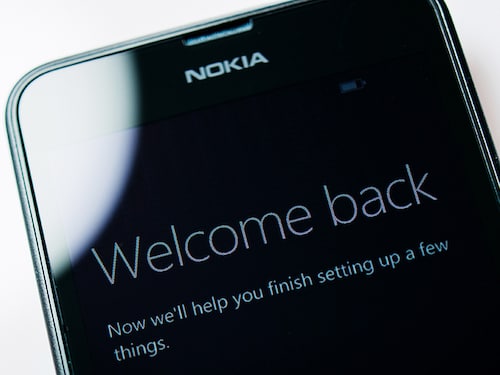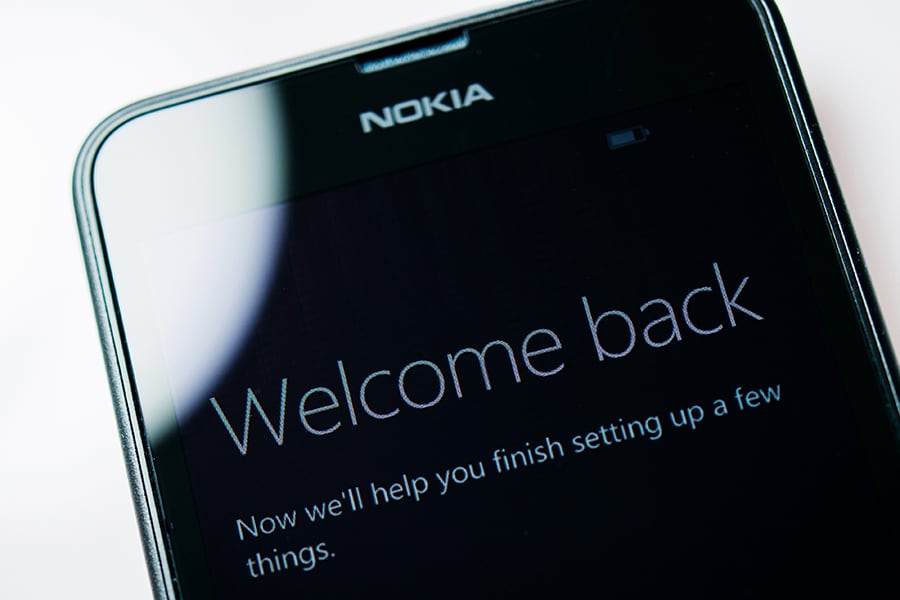Nokia's smartphone woes persist
HMD Global, the Finnish company with a licence to sell Nokia-branded phones, has slipped to its lowest smartphone share in India


For Nokia, it’s an eerie sense of déjà vu. A decade ago, smartphones proved to be its Achilles’ heel. Now, the handset band is haunted once again, by the same animal it failed to tame.
Almost two years after Nokia returned to India in a new avatar and with a new owner—HMD Global—the iconic Finnish handset brand has slipped to its lowest smartphone market share in the first quarter of this year. At 1.7 percent in Q1 of 2019, Nokia is staring at its lowest volume market share in India, according to market research firm Counterpoint Research. Last quarter, in Q4 of 2018, the brand managed to trudge to 3.5 percent.
HMD Global declined to comment on the market share numbers. “Our long-term objective remains to be among the top smartphone players in the world,” the spokesperson said. The growth, according to the spokesperson, has been very good, and the brand is happy with its penetration in some key global markets.
Feature phones, or those that have access to Internet but are not as advanced as smartphones, seem to be a critical part of Nokia’s business strategy. “We will continue to innovate and bring compelling products for consumers who need such devices,” the spokesperson said. No wonder Nokia has managed to take its feature phone market share from 3 percent in Q2 of 2017 to 8.4 percent in the first quarter of this year.
The game, however, doesn’t lie in feature phones. “The volume and value is in smartphones,” says Navkender Singh, research director at IDC India. Nokia, unfortunately, has missed the bus, and could find it very hard to catch up.
Nokia, reckon handset experts, is paying the price of being a ‘perfectionist’ in its second avatar. The company has believed in optimal engineering, akin to typical European brands, says Faisal Kawoosa, founder and chief analyst at techARC. “However, consumers do not look at things that way. They want to buy more for less,” he says.
So when a potential consumer scouts for a smartphone online, he or she uses filters such as RAM, memory and camera specs to take a call. According to Kawoosa, within specs, RAM tops the order. In this scenario, even if Nokia’s smartphones are optimally designed, they will not peck the order when a user is looking for a smartphone. “Obviously, this goes to the advantage of competition,” says Kawoosa. Nokia, he adds, has to work on educating consumers why ‘more is not always the best’. “If they succeed in doing so, they will definitely see an increase in the sales,” he says.
Nokia, meanwhile, is banking on its unique selling proposition of devices that are secure and up-to-date. “We’ve made it a point to be one of the fastest adopters of the latest Android operating systems,” says the spokesperson. Android 9 Pie includes AI-powered features to make the device smarter, faster and adapt to the user’s behaviour. “Your smartphone experience gets better over time,” he adds.
But is this enough to lure buyers back to Nokia? It’s a tough road, but the jury is still out.
First Published: May 08, 2019, 12:44
Subscribe Now